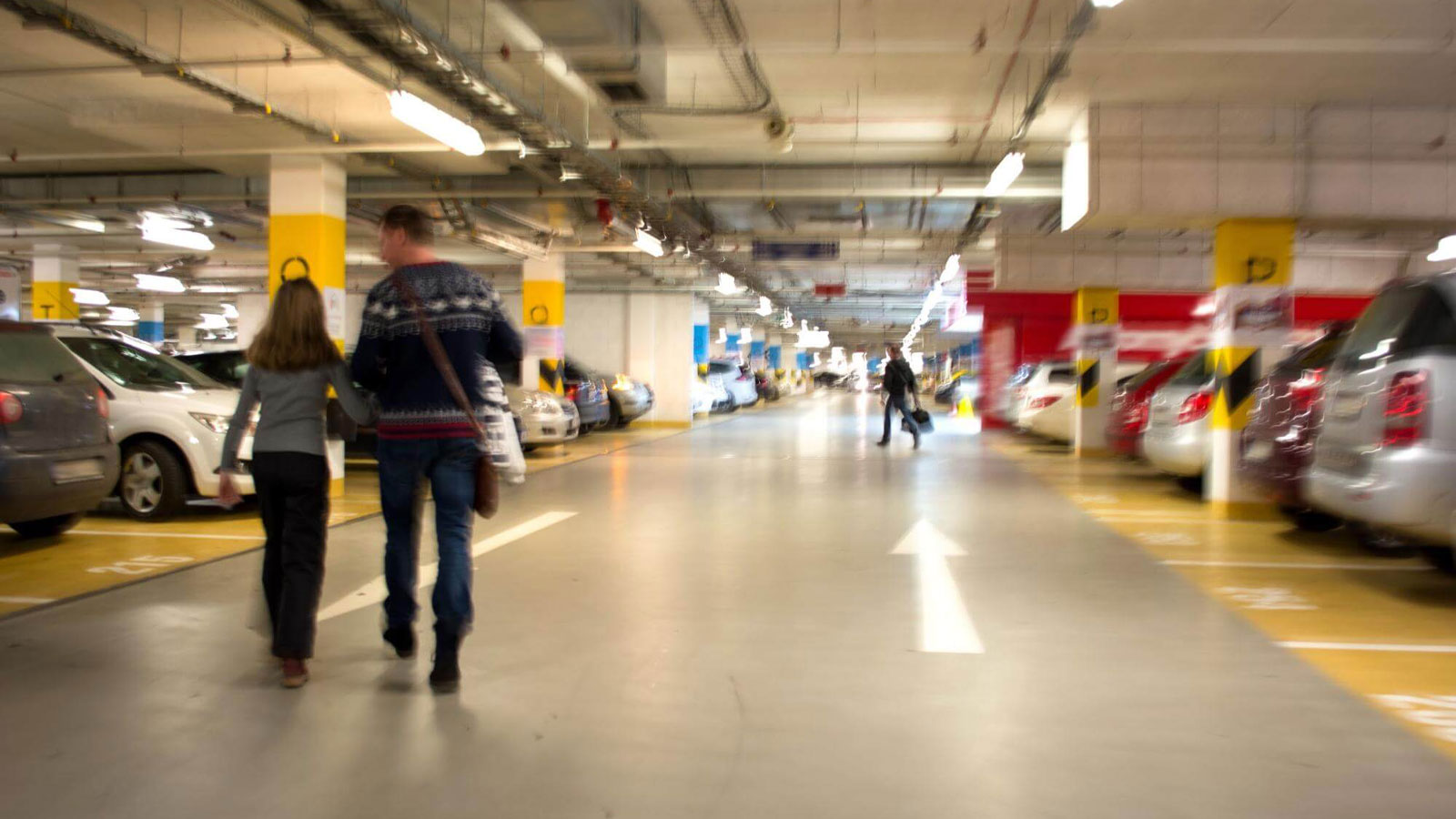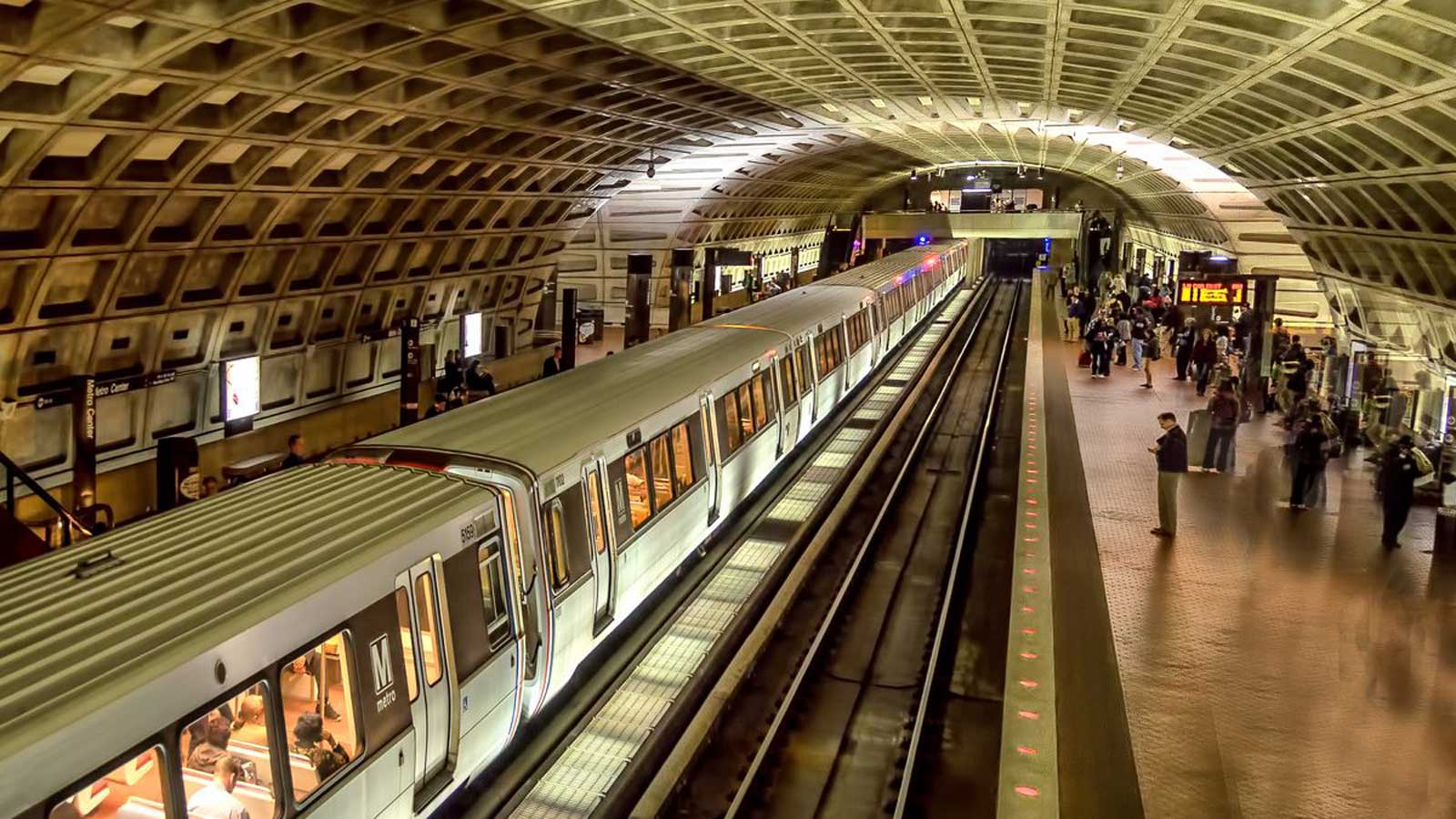INDOOR RADIO SYSTEMS

Indoor Radio Systems ensure that you have adequate radio coverage in specific buildings and other physical structures for operational and tactical reasons for fire brigades, law enforcement, rescue services, public utilities. This is especially true for structures that can threaten a large number of people, cause major damage or require regular or continuous security presence to maintain order, safety, or risk a major fire or explosion. It can also be difficult to provide comprehensive coverage in large, multi-building complexes such as airports, shopping malls, stadiums and university campuses. Difficulties can be encountered in distributing radio signals through tunnels, basements and underground parking lots.
Radio signals are blocked or reduced depending on the quality of coverage, the construction of buildings, the building material, the environment and the distance to the nearest base station. If the coverage is too poor to allow indoor radio communication, it is necessary to use additional radio technologies to provide indoor radio coverage.
It is also the responsibility of the owners or operators of buildings and physical structures to provide radio coverage in these structures for various reasons (fire, security, etc.) so that the relevant public institutions can perform their duties.

Various regulations require owners or users of buildings or physical structures to install an in-house RF system. For example, some buildings (sports stadiums, public service structures, shopping malls, etc.) are subject to special fire protection requirements in order to obtain a building permit. These requirements include establishing and maintaining an in-house coverage system that enables organizations providing public safety services, such as firefighters, police and search and rescue, to communicate within the building. There are multiple solutions to help overcome outages caused by inadequate indoor coverage. Indoor coverage works can be done professionally by determining the needs with professional analysis.

Radio signals are blocked or reduced depending on the quality of coverage, the construction of buildings, the building material, the environment and the distance to the nearest base station. If the coverage is too poor to allow indoor radio communication, it is necessary to use additional radio technologies to provide indoor radio coverage.
It is also the responsibility of the owners or operators of buildings and physical structures to provide radio coverage in these structures for various reasons (fire, security, etc.) so that the relevant public authorities can perform their duties. Various regulations require owners or users of buildings or physical structures to install an in-house RF system. For example, some buildings (sports stadiums, public service structures, shopping malls, etc.) are subject to special fire protection requirements in order to obtain a building permit. These requirements include establishing and maintaining an in-house coverage system that enables organizations providing public safety services, such as firefighters, police and search and rescue, to communicate within the building. There are multiple solutions to help overcome outages caused by inadequate indoor coverage. Indoor coverage works can be done professionally by determining the needs with professional analysis.

